1. No Seat Belts—or Even Car Seats
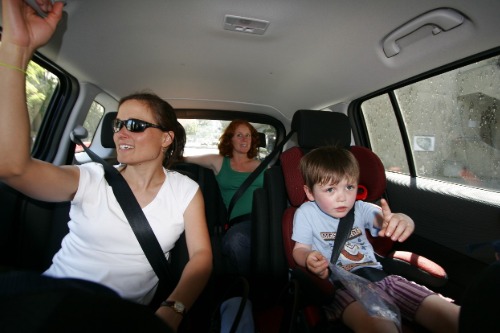
In the ’70s, seat belts were more of a suggestion than a rule, and most people just ignored them, according to the Arizona Department of Transportation. Cars didn’t even have shoulder belts in the back seat, and lap belts were often shoved between the seats, unused. If you were a kid, you likely rode in the front seat, bouncing around like it was a carnival ride. And car seats? They existed, but they were flimsy plastic shells with metal frames that did little more than keep a baby from rolling onto the floor.
It wasn’t until the late ’70s that seat belt laws started creeping in, and even then, people resisted wearing them. Kids rode in the cargo areas of station wagons, pickup truck beds, and even sat on their parents’ laps while they drove. Airbags were a futuristic dream, and crumple zones weren’t a thing yet. Today’s strict car safety laws would have been considered overkill back then, but they’ve saved countless lives.
2. Smoking Was Everywhere—Even Indoors
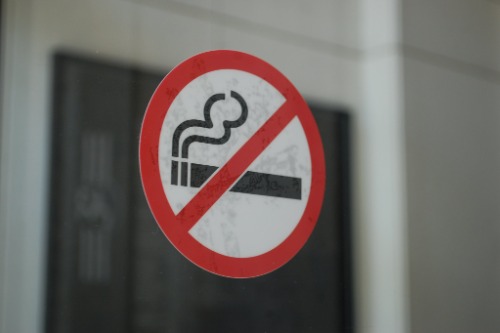
If you walked into a restaurant, office, or even a doctor’s waiting room in the 1970s, you’d be greeted by a thick haze of cigarette smoke, according to the National Institutes of Health. People smoked in grocery stores, on airplanes, and even in hospitals—yes, around sick people. Ashtrays were built into car dashboards, restaurant tables, and even some office desks. No one blinked an eye if a parent lit up a cigarette in the same room as their baby.
There were no smoking sections, just smoking everywhere. Flight attendants would serve you coffee while surrounded by clouds of secondhand smoke. Even kids’ toys reflected the culture—playsets often included tiny plastic cigarettes, and candy cigarettes were sold in stores. The idea of a smoke-free environment was almost unheard of, and today’s Gen Zers would probably struggle to breathe in the ’70s.
3. Lead Paint and Asbestos Were in Everything
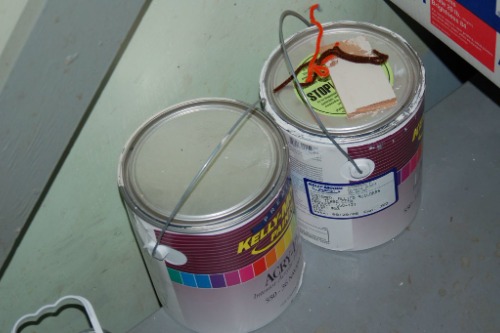
Lead paint wasn’t just common in homes—it was in kids’ toys, furniture, and even baby cribs, according to the Taylor Research Group. If a child chewed on a painted windowsill, they were unknowingly ingesting toxic lead, which we now know can cause serious health issues. Meanwhile, asbestos was used in ceilings, floor tiles, and insulation, praised for its fire-resistant properties. No one realized (or cared) that disturbing it could release microscopic fibers that led to deadly diseases.
It wasn’t until later that the dangers of these materials became widely acknowledged, but by then, millions had been exposed. Homeowners and construction workers handled asbestos without masks or protective gear, kicking up dangerous dust. People only started taking lead seriously in the late ’70s, when it was finally banned in household paint. But for an entire generation, exposure to these hazards was just a part of everyday life.
4. Drinking from the Hose Was Totally Normal

If you got thirsty while playing outside, you didn’t go inside for a bottle of filtered water—you just drank straight from the garden hose. No one questioned whether the rubber or metal fittings were leaching chemicals into the water. The hose sat out in the sun all day, filled with warm, plasticky-tasting water, and we gulped it down without hesitation. If you tried telling a Gen Zer today to drink from a hose, they’d probably look at you like you were insane.
There were no fancy water bottles with time markers or special filtration systems. We didn’t worry about BPA, microplastics, or whatever else people stress over today. If anything, the real danger was the occasional spider that had made a home in the nozzle. But back then, it was just what you did—and we all somehow survived.
5. Hitchhiking Was Actually Considered Normal
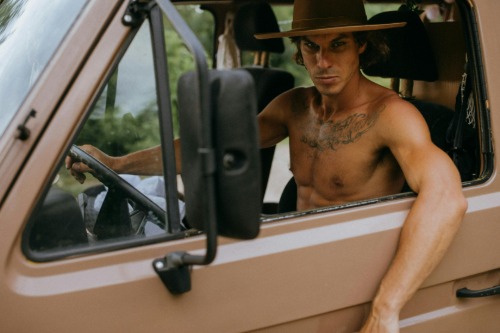
Sticking your thumb out on the side of the road and hopping into a stranger’s car was a totally accepted way to get around in the ’70s, Vox explains. People believed in the kindness of strangers, and if you needed a ride, someone would usually stop to pick you up. There were risks, of course, but hitchhiking wasn’t seen as dangerous—it was just part of life. Parents even let teenagers do it, which today would sound completely reckless.
It wasn’t until serial killers like Ted Bundy made headlines that people started questioning the safety of hitchhiking. By the ’80s, public perception shifted, and the practice faded out. Today, with true crime podcasts and safety apps on every phone, the idea of getting into a random person’s car sounds like a nightmare. But in the ’70s, it was just a way to get from point A to point B.
6. Kids Roamed Free Without Supervision

In the ’70s, kids left the house after breakfast and didn’t come home until dinner, The Guardian explains. There were no cell phones, no GPS tracking, and no way for parents to check in—yet no one panicked. You could be miles away, riding bikes, climbing trees, or exploring creeks, and as long as you made it home before dark, everything was fine. The idea of “stranger danger” wasn’t widespread yet, and parents weren’t constantly hovering.
Today, kids aren’t even allowed to walk to the park alone without someone calling child services. The concept of “free-range parenting” is controversial now, but back then, it was just parenting. If you got hurt, you either dealt with it or found your way home for a Band-Aid. A Gen Zer used to being in constant contact with their parents would have a meltdown trying to survive a ’70s childhood.
7. Phones Were Attached to the Wall—and Had No Caller ID
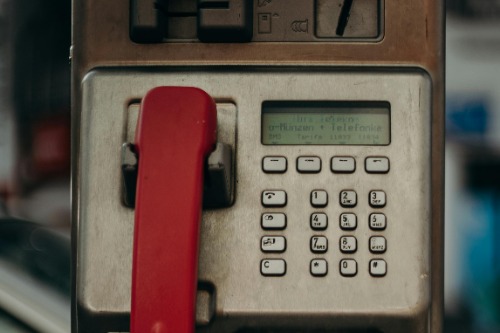
Making a phone call in the ’70s meant standing next to a wall-mounted rotary phone with a tangled cord. If you wanted privacy, you had to stretch the cord into another room and hope no one picked up the other extension. There was no caller ID, so answering the phone was always a gamble—could be your best friend, could be a telemarketer, could be your crush’s mom. And if someone was already using the phone, you just had to wait your turn.
There was also no way to text or leave a quick voice message if someone didn’t pick up. If they weren’t home, you just had to try again later and hope for the best. Wrong numbers were common, and prank calls were a favorite pastime since no one could trace them. A Gen Zer, used to instant messaging and FaceTime, would probably lose their mind dealing with a ’70s phone.
8. News Came from Newspapers and the 6 O’Clock Broadcast
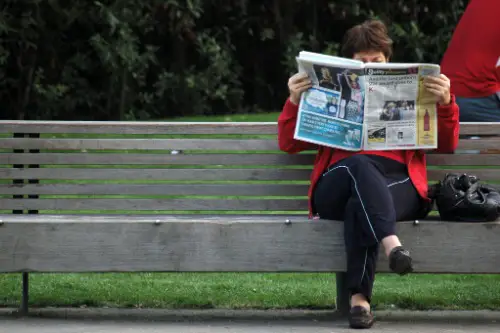
If you wanted to know what was happening in the world, you had to wait for the evening news or grab a newspaper. There were no push notifications, no social media updates, and no way to check Google in real time. Breaking news took hours, sometimes days, to reach the public. If something big happened overnight, you wouldn’t even know about it until the next day.
Newspapers were a staple in every household, and kids even had paper routes, biking around town to deliver them. If you missed the evening news, you just had to wait until the next day to catch up. There was no doomscrolling—just Walter Cronkite calmly telling you what you needed to know. For Gen Z, used to instant information, this slow trickle of news would be unbearable.
9. Fast Food Took Forever—and Drive-Thrus Weren’t Everywhere
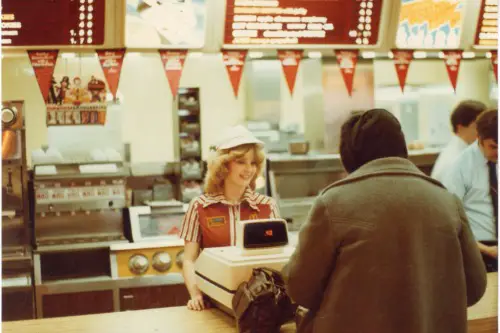
Grabbing a quick meal in the ’70s wasn’t as easy as pulling up to a drive-thru and placing a mobile order. While fast food chains existed, many didn’t have drive-thrus yet, meaning you actually had to park, go inside, and wait in line. Even then, food wasn’t always “fast”—it took longer to prepare, and there were no fancy timers or automated systems to speed things up. If you wanted fries, you were waiting for someone to actually fry them, not just pull them from a preheated drawer.
McDonald’s and Burger King were around, but their menus were smaller, and customization was limited. Forget about asking for no pickles or extra sauce unless you wanted to be that person holding up the line. Even pizza delivery wasn’t common yet—Domino’s had just started its 30-minute guarantee in the late ’70s, but for most people, getting a pizza meant actually going to a pizzeria. A Gen Zer, used to ordering food with a few taps on their phone, would probably lose patience in minutes.
10. You Had to Develop Photos to See Them
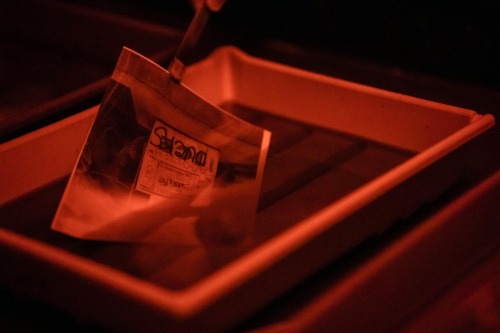
Taking a picture in the ’70s was a commitment, not an instant gratification experience. You had to load a film roll into a camera, carefully take your shots (since you only had 24 or 36 exposures), and then wait days to see the results. If you messed up a shot—blurry, bad lighting, someone blinking—you wouldn’t know until it was too late. There was no deleting or retaking, and getting duplicates of your favorites required extra money.
If you wanted photos fast, you had to use a Polaroid, which gave you an instant print but nothing digital to share. Otherwise, you’d drop off your film at a drugstore or photo lab, then come back later to pick up your prints. Some places offered “one-hour photo” service, but that was considered cutting-edge at the time. A Gen Zer, used to snapping 50 selfies and picking the best one in seconds, would struggle with the patience required for ’70s photography.
11. There Were Only a Few TV Channels—and No Streaming
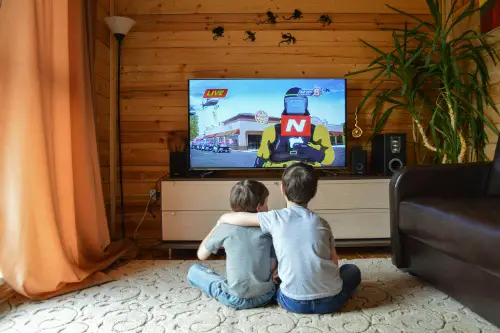
In the ’70s, television options were extremely limited—most households only had three or four channels, and they all signed off at night. If you missed your favorite show when it aired, too bad—you’d have to wait for a rerun, which could take months. There was no DVR, no on-demand viewing, and certainly no way to binge-watch an entire season in one sitting. If you wanted to change the channel, you actually had to get up and turn the dial by hand.
Saturday morning cartoons were sacred because that was the only time you could reliably watch animated shows. Commercials were unavoidable, and you couldn’t just skip them like you can today. If you weren’t home when a big TV special aired, you had to rely on friends to tell you what happened. A Gen Zer, used to having unlimited content at their fingertips, would probably find ’70s TV unbearable.


